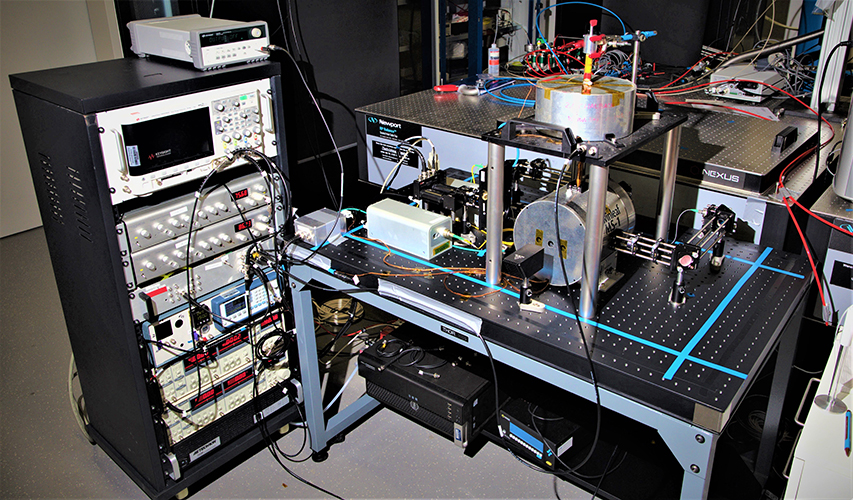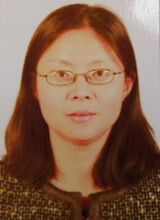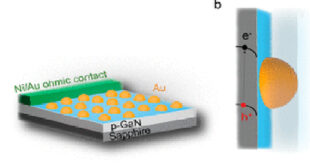Significance
Nuclear magnetic resonance (NMR), a technique that is conventionally operated in large magnetic fields, is among common powerful analytical approaches applied in chemistry, biology and medicine. As a complementary tool to conventional high-field NMR, zero- and ultralow-field (ZULF) NMR offers improved spectral resolution and untruncated spin interactions. Specifically, as a complementary analysis tool to conventional high-field nuclear magnetic resonance, ZULF NMR detects nuclear magnetization signals in the submicrotesla regime. Combining with recently developed quantum-control techniques, ZULF NMR has shown to be promising in probing the frontiers of fundamental physics. Presently, ZULF NMR systems are normally equipped with high-quality magnetic shields to ensure that ambient magnetic-field noise does not dwarf the magnetization signal. An alternative approach would be to separate the magnetization signal from the noise based on their differing spatial profiles, as can be achieved using a magnetic gradiometer.
To this note, University of Science and Technology of China scientists: Jiang Min (PhD candidate), Professor Xinhua Peng together with their colleagues Román Picazo Frutos, Dr. Teng Wu, John W. Blanchard and Professor Dmitry Budker at Johannes Guttenberg University in Germany designed a new gradiometric NMR spectrometer based on a two-channel SERF atomic magnetometer. They anticipated that the use of the gradiometric NMR spectrometer would help reduce the sensitivity to the ambient magnetic-field noise. Their work is currently published in the research journal, Physical Review Applied.
The research team considered a gradiometric ZULF NMR spectrometer with a magnetic-field-gradient noise of 17 fT/cm Hz1/2 in the frequency ranging from 100 to 400 Hz, based on a single vapor cell (0.7 × 0.7 × 1.0 cm3). As such, they demonstrated high signal-to-noise ratio (SNR) measurement of liquid state NMR samples under the application of spatially homogeneous white magnetic-field noise, with a noise spectral density of approximately 0.3 pT/Hz1/2, comparable to the noise level in an unshielded environment. The gradiometric spectrometer used in the experimental setup basically comprised to two parts; the NMR sample and the sensor.
With applied white magnetic-field noise, the authors were able to show that the gradiometric spectrometer achieved 13-fold enhancement in the signal-to-noise ratio compared to the single-channel configuration. Overall, by reducing the influence of the common-mode magnetic-field noise, they demonstrated the usability of compact and low-cost magnetic shields.
In summary, the study presented an experimental demonstration of a gradiometric NMR spectrometer with a magnetic-field-gradient noise of 17 fT/cm Hz1/2 and a measurement volume for a single channel of 0.1 cm3. Following detailed investigations as presented, gradiometric detection proves to be beneficial for eliminating systematic errors in ZULF-NMR experiments searching for exotic spin-dependent interactions and molecular parity violation. This opens the possibility of making a robust and portable NMR spectrometer, particularly in an unshielded environment where large common-mode magnetic-field noise is introduced. Altogether, an optimized gradiometric spectrometer reported in this study is promising for sensing such chirality and parity non-conservation effects while remaining robust against background magnetic-field noise.

Reference
Min Jiang, Román Picazo Frutos, Teng Wu, John W. Blanchard, Xinhua Peng, Dmitry Budker. Magnetic Gradiometer for the Detection of Zero- to Ultralow-Field Nuclear Magnetic Resonance. Physical Review Applied 11, 024005 (2019)
Go To Physical Review Applied Advances in Engineering Advances in Engineering features breaking research judged by Advances in Engineering advisory team to be of key importance in the Engineering field. Papers are selected from over 10,000 published each week from most peer reviewed journals.
Advances in Engineering Advances in Engineering features breaking research judged by Advances in Engineering advisory team to be of key importance in the Engineering field. Papers are selected from over 10,000 published each week from most peer reviewed journals.







